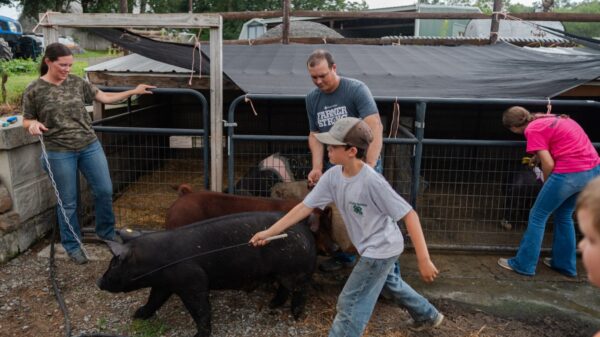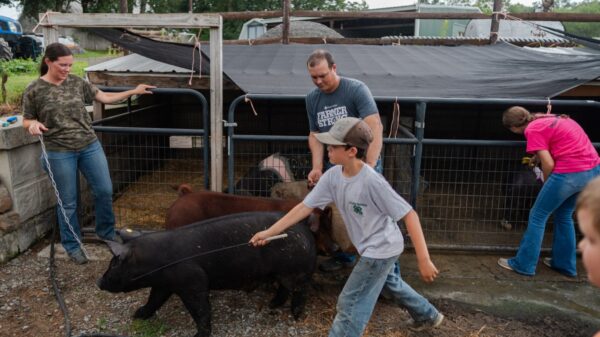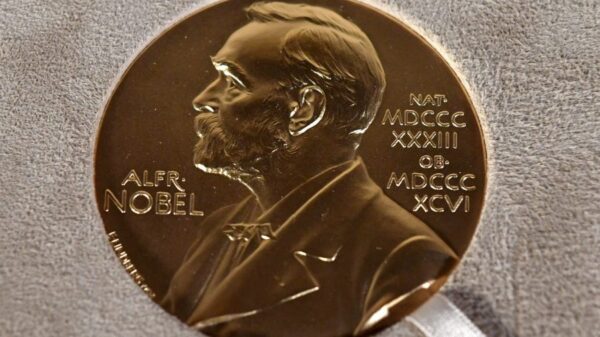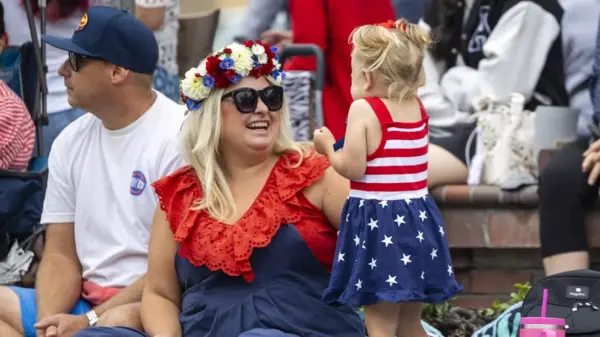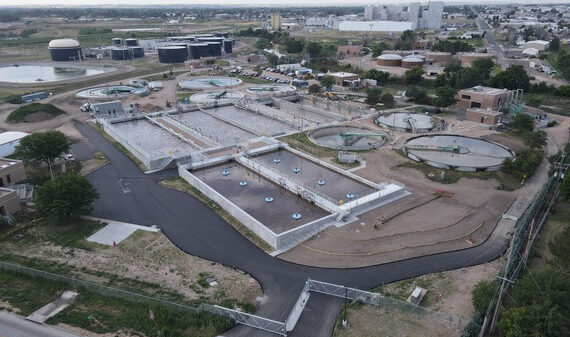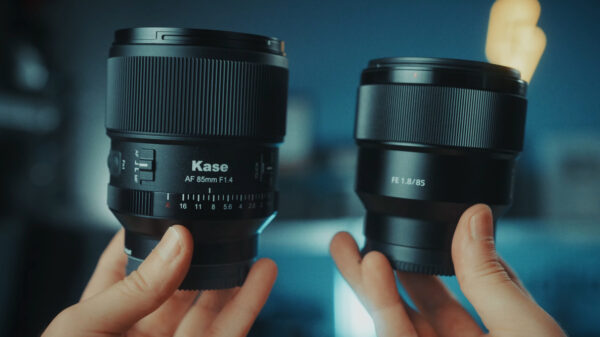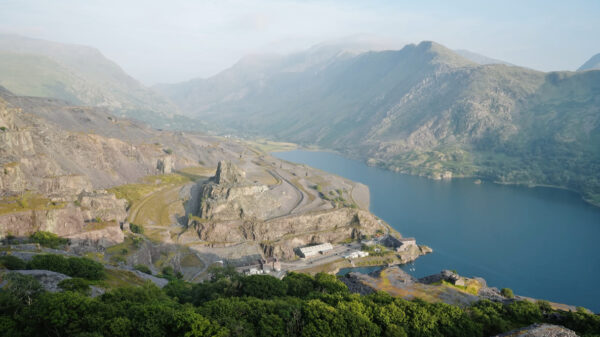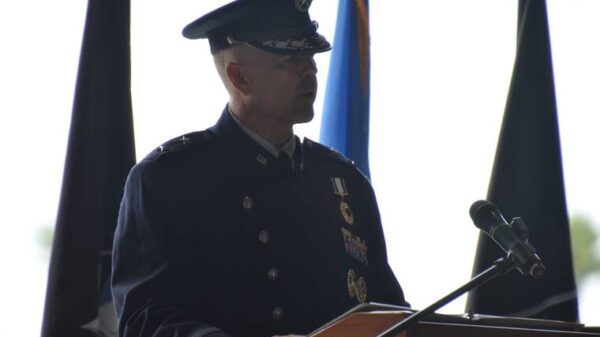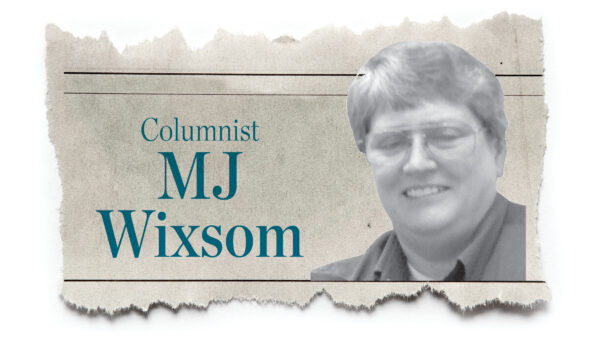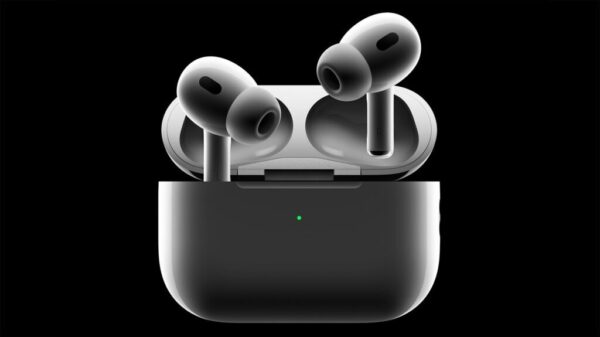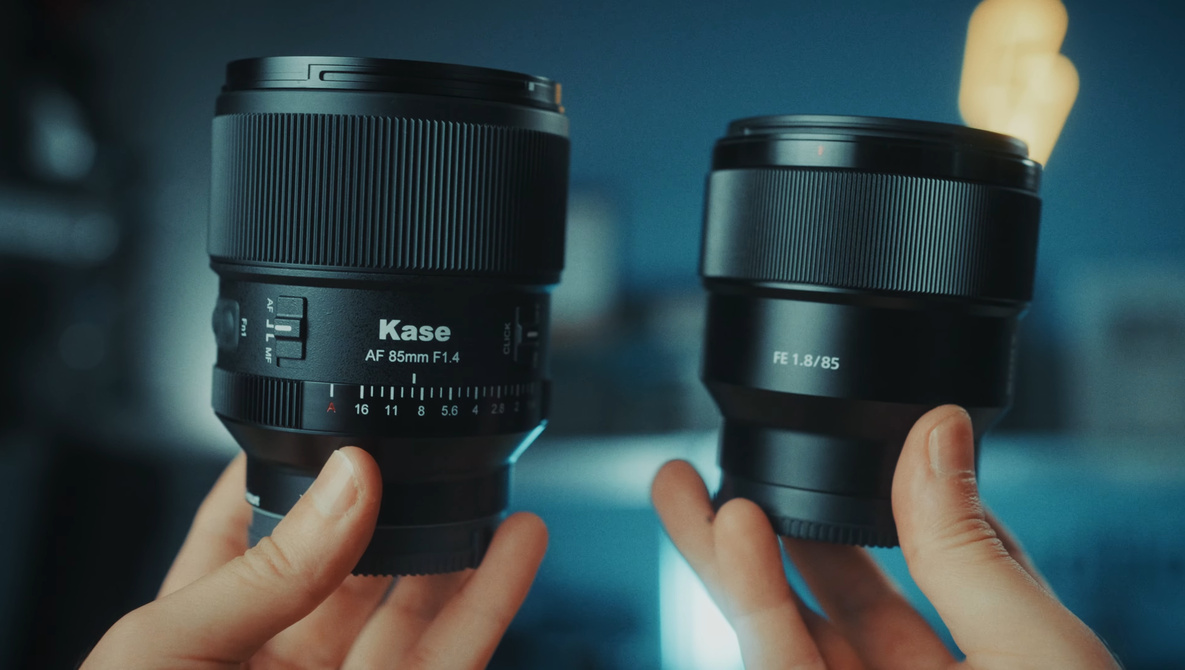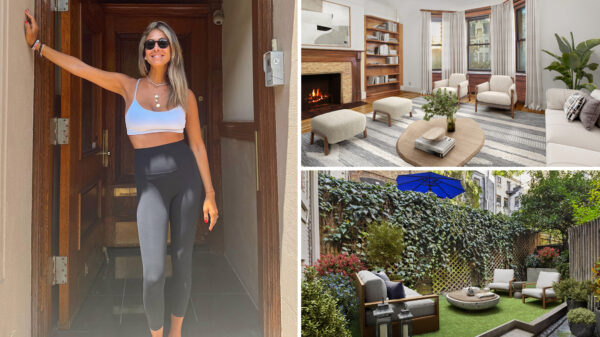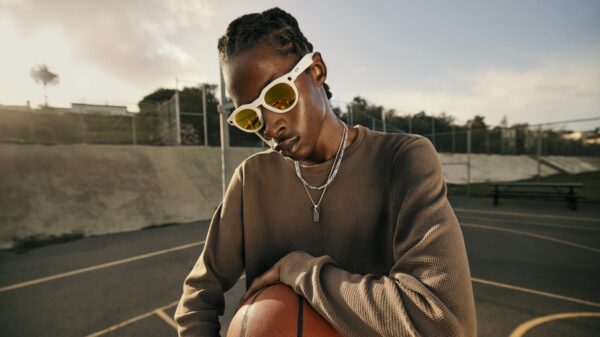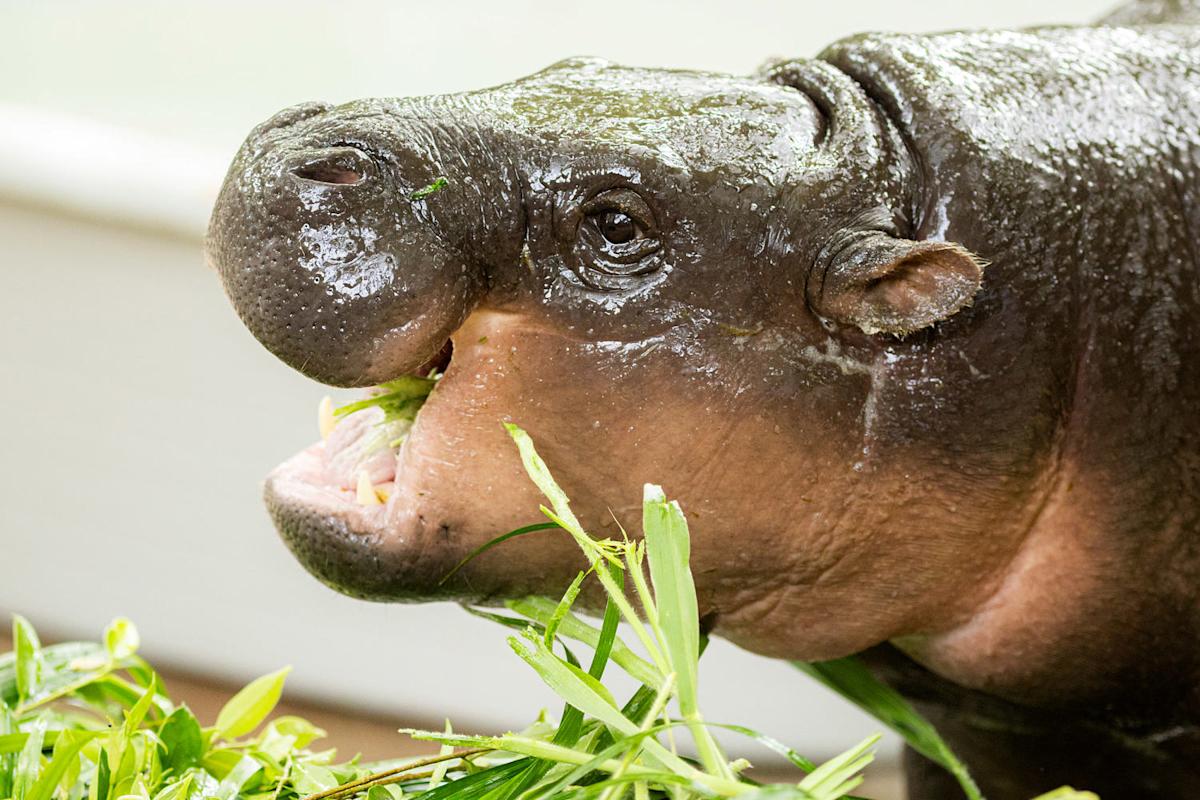Deciding between an 85mm f/1.4 lens and an 85mm f/1.8 lens presents a challenge for photographers, as the differences may not be immediately apparent yet can significantly influence photographic outcomes. In a recent video, photographer and educator Hermans meticulously compares these two popular lenses, highlighting crucial factors that can affect a photographer’s decision.
Understanding the Price and Build Quality
Traditionally, lenses with wider apertures, such as the f/1.4, commanded significantly higher prices. However, advancements in lens manufacturing have resulted in budget-friendly options that now place the f/1.4 lens within a similar price range as its f/1.8 counterpart. This shift allows more photographers access to the benefits of wider apertures without breaking the bank.
The build quality of both lenses is comparable, featuring a mix of plastic and metal components that contribute to a robust feel. Yet, the newer Kase lens offers additional features that enhance its appeal, including customizable function buttons, weather-sealing, and a USB-C port for firmware updates. These enhancements may influence a photographer’s choice depending on their specific needs and shooting conditions.
Evaluating Performance Differences
One of the most critical aspects of this comparison is the actual performance of the lenses. Hermans points out that the exposure difference between f/1.4 and f/1.8 is approximately two-thirds of a stop, which is less significant than many photographers might expect. Despite this seemingly small difference, it can enable faster shutter speeds or lower ISO settings. This capability is particularly beneficial for those who frequently shoot handheld or in low-light environments, as it helps reduce camera shake and noise.
To illustrate this point, Hermans provides clear visual examples that demonstrate the added flexibility an f/1.4 aperture can offer. Beyond the technical specifications, he delves into the aesthetic differences, particularly the quality of bokeh. The visual distinction between f/1.4 and f/1.8 is subtle, with the f/1.4 allowing for a slightly more pronounced background blur. Portrait photographers who prioritize maximum subject-background separation might find this upgrade justifiable. However, for many, the f/1.8 lens may sufficiently meet their aesthetic needs without necessitating an upgrade.
To further aid in understanding, Hermans includes a side-by-side comparison of both lenses at identical settings. This examination reveals how different optical designs can lead to varied outcomes, even when shooting at the same aperture. Ultimately, the choice between these lenses transcends mere aperture numbers; it hinges on the practical results they deliver in diverse shooting scenarios.
For those interested in a more in-depth analysis, the full video from Hermans is available for viewing. It is a valuable resource for photographers looking to make informed decisions about their lens investments.
This analysis is complemented by insights from Alex Cooke, a photographer and meteorologist based in Cleveland, who emphasizes the importance of understanding equipment choices in the context of real-world applications.





